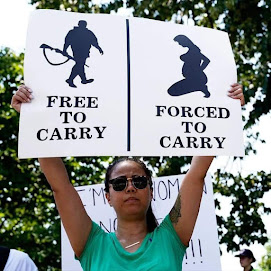HISTORY OF HEMP IN THE AMERICAS
(from the Oregonian newspaper)
1619: Jamestown colony in Virginia passes the New World's first hemp law, making it illegal not to grow hemp for sails, rope, clothing and other important items.
1645: The Puritans bring hemp to New England to spin and weave into fabric.
1776: Thomas Jefferson, a hemp grower, drafts the Declaration of Independence on hemp paper. The document later is transferred to parchment.
1890s: Hemp begins to face stiff competition as labor-saving machinery lowers cotton prices and natural fiber imports pour into the country.
1937: Congress passes the Marihuana Tax Act in an effort to restrict production by imposing taxes on all transactions involving marijuana. Though the hemp plant's mature stalks, fiber, seed oil and sterilized seed were exempt, the stiff punishment -- up to a $2,000 fine or five years in prison or both -- prompted hemp growers to abandon the crop for fear of inadvertently breaking the law.
1941: Ford Motor Co. unveils a plastic concept car made from 70 percent hemp and other natural fibers and 30 percent resin binder.
1942: After shipments of fiber from the Philippines get cut off during World War II, the U.S. Department of Agriculture contracts with the quasi-official War Hemp Industries Inc. to produce seed and fiber. The USDA's "Hemp for Victory" film urges farmers to grow hemp.
1945: Resumption of imports and federal restrictions cause further production declines.
1957: Wisconsin farmers grow the United States' last crop of hemp.
1970: The federal Controlled Substances Act declares all varieties of Cannabis sativa to be Schedule 1 controlled substances, the highest category of illegal drugs. The act does not distinguish among Cannabis sativa varieties, including marijuana, which is psychoactive, and hemp, which is not.
1990s: Hemp begins to capture interest as a low-impact crop that can provide high-protein food and natural fiber for clothing, paper and composite materials.
1996: States begin to consider legalizing hemp production or research. To date, 15 have passed legislation, mostly for feasibility studies. Hawaii, Kentucky, Maine, Maryland, Montana, North Dakota and West Virginia removed barriers to its production or research.
1997: Then-Rep. Floyd Prozanski, D-Eugene, unsuccessfully introduces legislation to permit hemp farms in Oregon. Similar bills die in 2001, 2003, 2005 and 2007.
1998: Canada and Australia legalize hemp farms, leaving the United States as the world's only industrialized nation that outlaws growing hemp.
2004: The 9th U.S. Circuit Court of Appeals strikes down the U.S. Drug Enforcement Administration's attempt to expand drug regulations to hemp food, cosmetics and oil.
2007: North Dakota becomes the first state to issue hemp-growing licenses, but the DEA declines to issue the required federal permits. The issue is now in federal court.
Sources: Congressional Research Service, HempMuseum.org, IndustrialHemp.net, Popular Mechanics, U.S. Department of Agriculture, Vote Hemp
http://tinyurl.com/2u2et4

































No comments:
Post a Comment